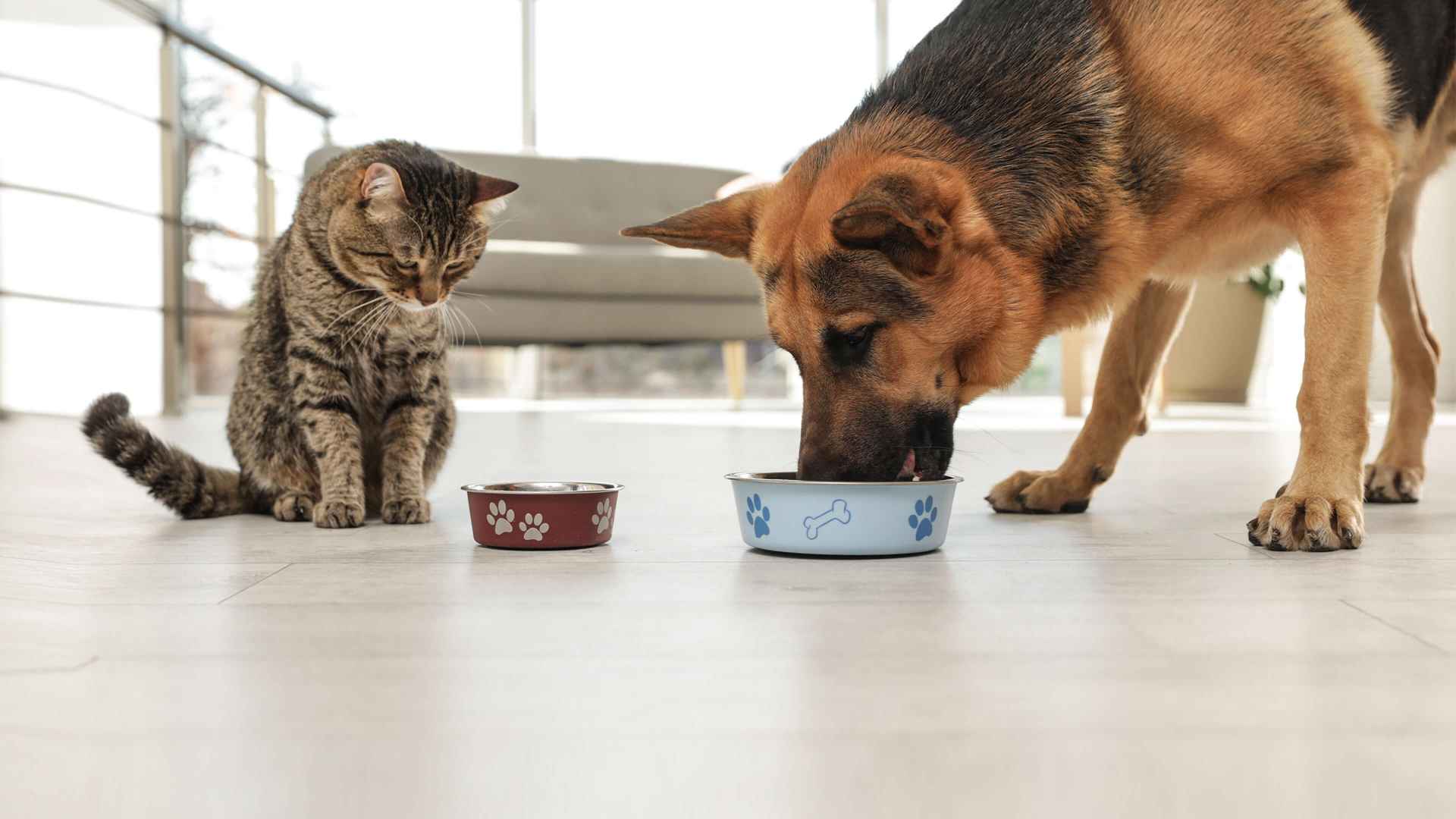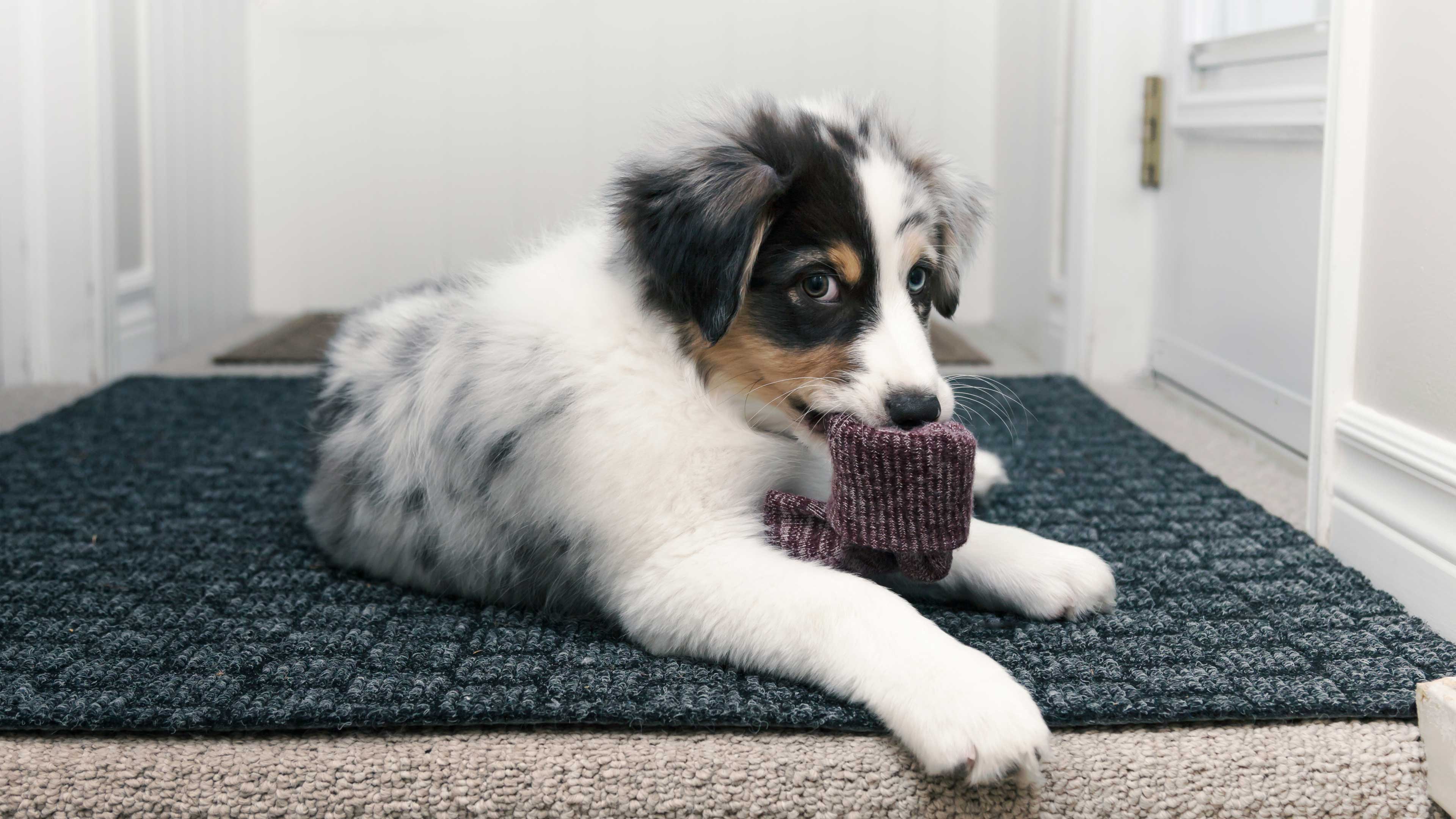know the signs of Lyme disease
In this article we’re going to focus on Lyme disease, which can show up days, weeks, or months after a dog is bitten by a tick. (Side note: While cats can get nibbled by ticks, it’s uncommon for them to contract Lyme disease.)
Here are tips on spotting Lyme disease and how to treat it.
What to look out for
When it comes to dogs, Lyme disease symptoms are a lot less specific than what humans experience. Symptoms might present as lack of interest in eating, lethargy, pain, limping, lameness, swollen joints, and fevers.How Lyme disease is diagnosed
If your pup is showing any of these symptoms, it’s important that you take them to your vet for immediate observation and care. Your vet will perform an exam and if they suspect that your pet has Lyme disease, they’ll likely run an antibody test to see if your pet has been exposed. If antibodies are found, further testing is conducted and treatment for Lyme disease is recommended.How Lyme disease is treated
Once your pet has been diagnosed and it’s determined that they need treatment, antibiotics are prescribed. However, the best way to treat Lyme disease is to ensure your pet never gets it in the first place! Here are some preventative measures to consider:
- Oral treatment that kills ticks
- Staying clear of tall grass on walks/hikes and keeping grass and foliage trimmed in your yard
- Regularly checking your pet for ticks, especially after walks outside
 Mites and mange
Mites and mange Podcast - Not Just Fluff
Podcast - Not Just Fluff











